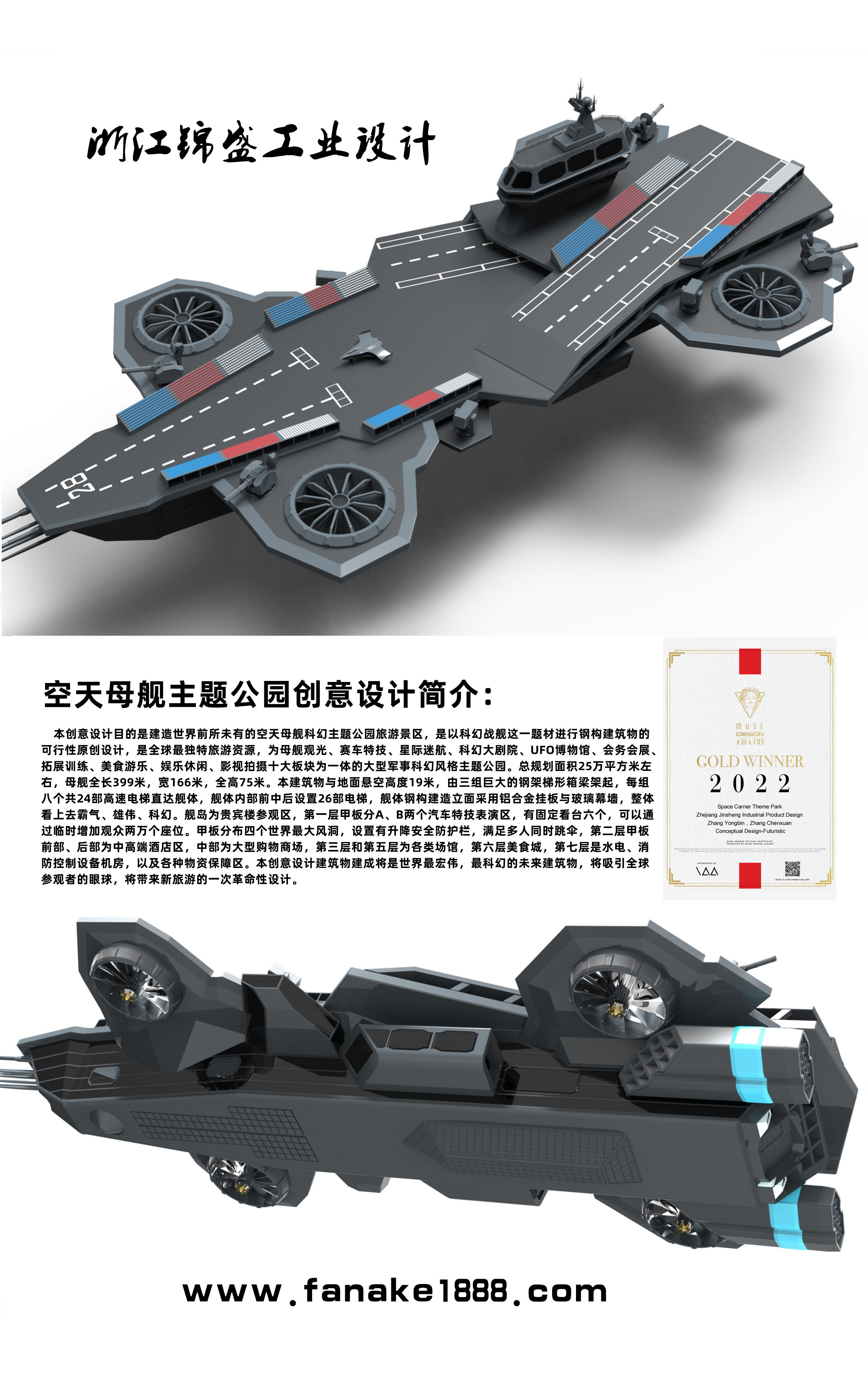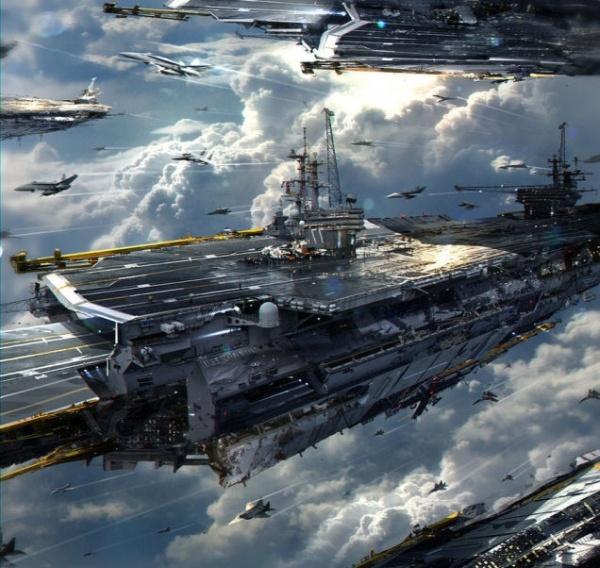《The Space Carrier:未来之旅》一书,探索了太空探索的前沿和未来太空旅行的可能性。本书概述了太空技术的发展趋势,描绘了太空殖民的设想,并探讨了太空旅游业的潜力。通过深入剖析太空探索的各个方面,本书引领读者走进未来的太空世界,激发对未知宇宙的无限好奇和想象。摘要字数在100-200字之间。
In the dawn of a new age, the concept of a "space carrier" or "astronomical vessel" has become a focal point of innovation and exploration in the aerospace industry. As we delve deeper into the mysteries of the universe, this remarkable vessel represents a leap forward in technology and human ambition.
The idea of a space carrier is not entirely new. It has been a subject of science fiction and engineering dreams for decades. However, with the advent of new technologies like space travel, 3D printing in space, and advanced propulsion systems, the realization of this dream is becoming increasingly feasible.
A space carrier is essentially a spacecraft designed to carry cargo and personnel over long distances in space. It is a multi-purpose vessel capable of performing various tasks such as space exploration, resource extraction, and even serving as a platform for scientific research. The potential applications of this vessel are vast and limitless.
The design of a space carrier is a complex endeavor that requires the expertise of aerospace engineers, physicists, and other scientists. It must be able to withstand the harsh conditions of space, including extreme temperatures, radiation, and microgravity. The materials used in its construction must be lightweight yet strong enough to withstand the stresses of space travel.
One of the most critical components of a space carrier is its propulsion system. Traditional rockets have limitations in terms of payload capacity and fuel efficiency. Therefore, alternative propulsion systems such as ion propulsion or nuclear-powered engines are being considered for future space carriers. These advanced propulsion systems would allow for longer missions and greater payload capabilities.
Another crucial aspect of a space carrier is its life support system. Since it will be used for long-duration missions, it must provide a suitable environment for the crew to live and work in. This includes providing oxygen, food, water, and other essentials for extended periods. The life support system must also be able to recycle waste and ensure a comfortable temperature for the crew.
The role of a space carrier in space exploration is immense. It can carry instruments and equipment to study planets, moons, and other celestial bodies. It can also serve as a mobile laboratory, allowing scientists to conduct experiments in space without having to return to Earth. This allows for more efficient and effective exploration of the universe.
Moreover, a space carrier can be used for resource extraction in space. With the depletion of Earth's resources, the idea of mining asteroids and other celestial bodies for valuable minerals is becoming increasingly feasible. A space carrier can carry mining equipment and transport the extracted resources back to Earth or to other locations in space.
However, the development of a space carrier is not without challenges. The cost of building and launching such a vessel is enormous. It requires a significant investment from governments or private companies. Additionally, the technical challenges involved in building a spacecraft capable of traveling through space for extended periods are immense.
Despite these challenges, the potential benefits of a space carrier are too great to ignore. It has the potential to revolutionize space exploration, resource extraction, and even human colonization of other celestial bodies. As we continue to push the boundaries of exploration and innovation, the space carrier represents a pivotal step in our journey into the future.
In conclusion, the space carrier is not just a vessel; it is a symbol of human ambition and innovation. It represents our desire to explore the unknown and our ability to overcome the challenges that lie ahead. As we continue to develop this remarkable vessel, we are paving the way for a new era of exploration and discovery in space.








 粤ICP备19135851号-1
粤ICP备19135851号-1 粤ICP备19135851号-1
粤ICP备19135851号-1
还没有评论,来说两句吧...